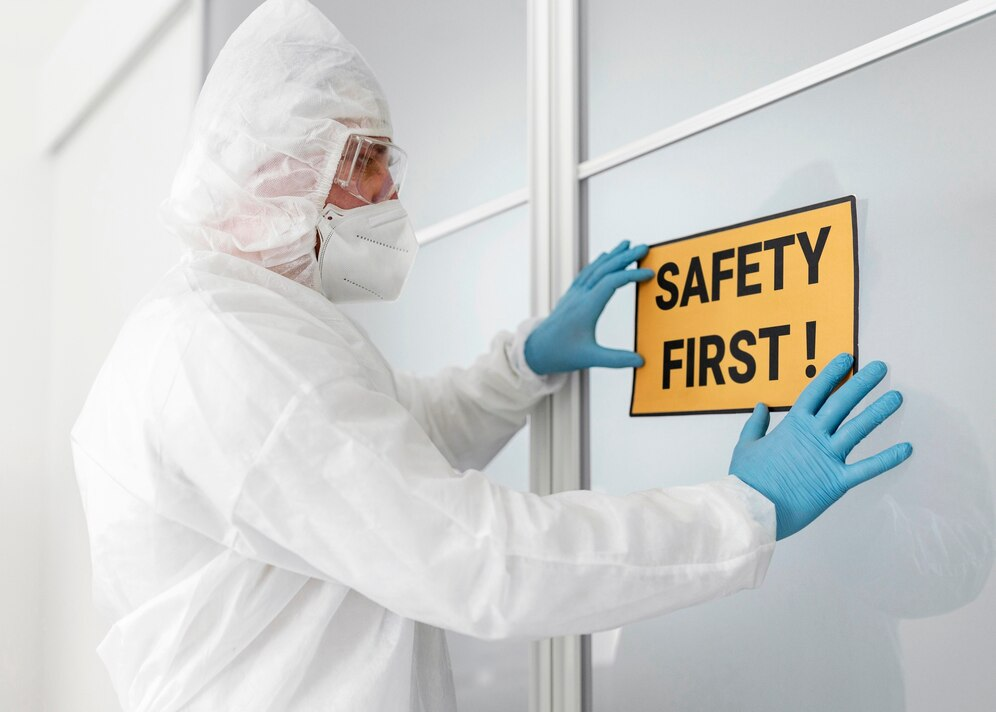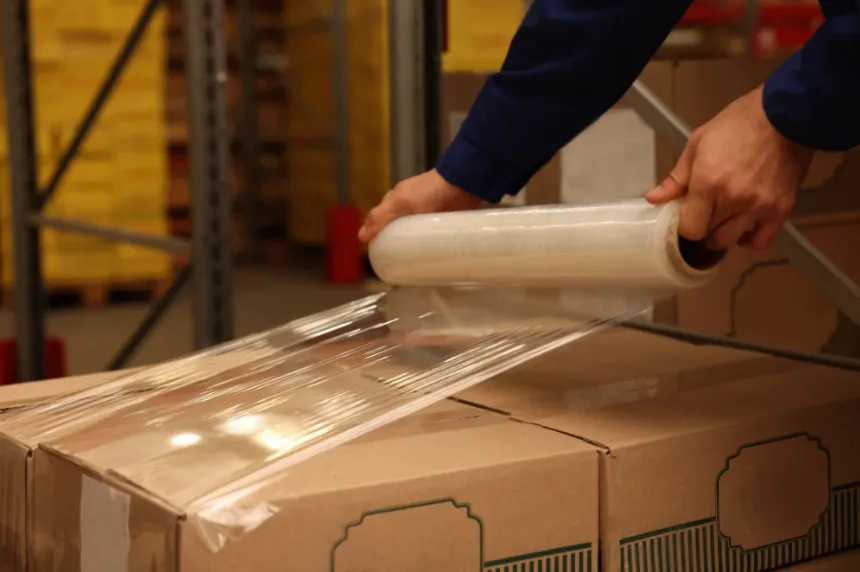Keeping workplaces safe and sound is more important than ever. A big part of that is knowing how to spot dangers and handle them before they become a problem. That’s where Hazard Identification and Risk Assessment (HIRA) comes in.
In this blog, we’ll explore how HIRA fits into Health, Safety, and Environment (HSE) management systems, making them stronger and more effective.
What Is HIRA?
Hazard Identification and Risk Assessment (HIRA) is a systematic process to identify potential workplace hazards and evaluate the risks associated with them. It also helps implement appropriate control measures to either mitigate or eliminate these risks.
There are three key components of the HIRA process:
- Hazard Identification
The first step involves identifying all possible hazards that could potentially cause harm. These hazards could be physical, chemical, biological, or ergonomic in nature.
For example, slippery floors, loud noises, or toxic chemicals.
- Risk Assessment
Once hazards are identified, the next step is to analyze the likelihood of the hazard causing harm and the severity of the potential consequences.
For example, exposure to toxic chemicals can lead to chronic health issues, skin irritation, air pollution, water contamination, etc.
- Control Measures
Finally, based on the risk assessment, control measures are developed and implemented to remove or reduce the risk to an acceptable level.
These measures can include engineering controls, administrative controls, personal protective equipment (PPE), and more.
The Role of HIRA in HSE Management Systems
HIRA plays a crucial role in making HSE management systems more effective by providing a structured approach to identifying and managing risks. It not only creates a safer work environment but also drives efficiency and compliance.
Let’s understand this in detail.
- Establishes a Baseline for Risk Management
HIRA begins by mapping out all potential workplace hazards, which provides a clear snapshot of your current risk landscape. It provides a comprehensive view, highlighting both obvious and hidden dangers that might otherwise go unnoticed.
With this baseline, companies can effectively prioritize their safety initiatives. This also simplifies tracking changes and measuring progress as organizations can compare different versions of HIRA sheets to see how current risk levels stand against the initial assessments.
- Guides Smarter Decisions with Data-driven Insights
By systematically analyzing risks, HIRA provides valuable information that helps organizations make smarter, more informed decisions. This data-driven approach eliminates guesswork from safety management, allowing companies to focus their efforts where it matters most.
Moreover, data-driven insights from HIRA aid in long-term strategic planning. Companies can forecast potential risks and prepare accordingly. This proactive stance not only enhances safety but also boosts overall operational efficiency.
- Helps Prepare for Emergencies
Hazard identification and risk assessment helps organizations think through worst-case scenarios and implement preventive measures accordingly. By assessing the potential impact of various unexpected risks, companies can ensure they have the right controls in place when crises hit.
This level of preparation reduces the likelihood of panic and confusion when an incident occurs.
- Simplifies Compliance and Reporting
Regulatory bodies demand thorough and accurate reports on workplace safety. By systematically tracking hazards and the measures taken to address them, HIRA makes it easier to compile detailed reports that demonstrate adherence to safety regulations.
In addition to this, the standardized approach of HIRA reduces the risk of missing critical compliance details, ensuring that all necessary information is readily available and accurately presented.
- Optimizes Resource Allocation through Risk Prioritization
Instead of spreading resources thinly across all potential hazards, HIRA directs attention to the most critical risks, ensuring that high-priority areas receive the necessary focus and funding.
This targeted approach not only improves safety outcomes but also ensures that resources are used efficiently, avoiding unnecessary expenditures on low-priority risks.
- Encourages Collaboration Between Departments
Risk management isn’t confined to the safety team; it involves input from operations, HR, and even IT. HIRA’s structured process encourages these departments to communicate and collaborate, creating a more cohesive approach to safety.
For instance, when identifying hazards, Operations might highlight equipment-related dangers, while HR could identify ergonomic risks associated with workstation setups. This collaborative effort ensures a more comprehensive understanding of workplace hazards, leading to more effective control measures.
How to Implement HIRA in HSE Management Systems?
Implementing HIRA effectively requires a step-by-step approach that integrates safety into every aspect of your operations. Here’s how to get started:
- Start with Identifying All Possible Hazards
Begin by conducting a thorough assessment of your workplace to identify all potential hazards. This includes obvious risks like machinery and hazardous materials, but also less visible dangers such as ergonomic issues or stress-related factors.
Engage employees at all levels to gather diverse insights, ensuring no risk goes unnoticed. You can use tools like checklists, walkthroughs, and employee interviews to create a comprehensive hazard inventory.
- Assess Risks by Analyzing the Impact and Likelihood
Next, evaluate the potential impact and likelihood of each risk to understand which risk needs immediate attention. You can use a risk matrix to categorize risks, focusing on those with high severity and frequency.
This analysis isn’t just about numbers. Consider the practical implications of each risk, such as downtime, injury severity, and regulatory penalties, to make informed decisions.
- Develop and Apply Control Measures
Based on your risk assessment, develop control measures to mitigate or eliminate hazards. For each risk, determine the most effective controls and implement them systematically.
It’s crucial to involve stakeholders in this process to ensure controls are practical and feasible within the operational context.
- Train Employees on Risk Management Practices
Training is key to ensuring that risk management practices are understood and applied consistently. You can use a mix of hands-on training, workshops, and e-learning to engage different learning styles. Ensure employees understand not only the procedures but also the importance of their role in maintaining a safe workplace.
- Monitor, Review, and Update Regularly
Finally, schedule periodic audits and involve teams in reviewing current controls and identifying new risks. Use feedback loops to refine your HIRA process, ensuring it evolves with your workplace dynamics and industry changes.
What’s Next?
As the complexities of modern workplaces grow, relying solely on manual processes can hold you back. Investing in automated HSE software with built-in HIRA can revolutionize how you manage safety.
For starters, you can prioritize risks more effectively, using sophisticated algorithms to highlight what needs immediate attention. Real-time hazard identification and risk analysis become seamless, cutting down the time spent on tedious manual entries.
Moreover, automated HSE solutions make compliance a breeze, with features like automated reporting and centralized documentation.
Long story short, by automating the HIRA process, you gain more control and deeper insights. So, go ahead, and invest in an HSE software with built-in HIRA to turn risk management into a driver of operational excellence.



